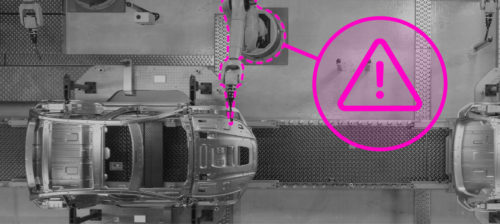The smart solution: Emerson wireless instruments quash equipment failures at chemical plant
Smart Wireless instruments from Emerson Process Management—mounted on a rotating reactor at Coogee Chemical Co., an Australian processer—are credited with delivering reliable pressure and temperature measurements to prevent frequent reactor breakdowns and lost production time.
Smart Wireless instruments from Emerson Process Management —mounted on a rotating reactor at Coogee Chemical Co. , Kwinana, Australia—are credited with delivering reliable pressure and temperature measurements to prevent frequent reactor breakdowns and lost production time.
Control of the process—and the quality of the product—has greatly improved, and productivity has increased substantially since the wireless instruments were installed in late 2007, according to Noel Shrubsall, electrical project officer at the plant.
Coogee Chemicals processes industrial, agricultural, and mineral processing chemicals. Obtaining accurate pressure and temperature data from inside the plant’s rotating reactor is very important to maintaining process control, but wired instruments were not dependable in this environment, Shrubsall says. The failure of seals on the slip-rings connecting wires to the rotating equipment allowed the entry of moisture into the instruments. Unreliable temperature and pressure measurements resulted in poor control of the reactor, which had to be shut down two or three times a week.
“The Smart Wireless solution provides a means of obtaining accurate pressure and temperature measurements from the moving vessel without having to connect wires to the measurement devices,” says Shrubsall. “Wireless delivers reliability where it wasn’t available before.”
The installation at Coogee Chemicals consists of two wireless instruments mounted on one end of a rotating chemical reactor and transmitting pressure and temperature data continuously to a nearby Smart Wireless Gateway. The data is passed from the gateway via Modbus communications to the PLC controlling the process. More reliable inputs enable the PLC to improve both process control and product quality.
“We are very impressed with this wireless technology—the way it communicates, and its potential for expansion,” concludes Shrubsall.
Do you have experience and expertise with the topics mentioned in this content? You should consider contributing to our CFE Media editorial team and getting the recognition you and your company deserve. Click here to start this process.





